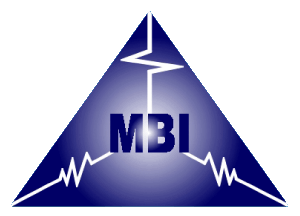Institut für Physik - Humboldt-Universität zu Berlin and Max-Born-Institut
Publications >>
A low-cost AFM setup with an interferometer for undergraduates and secondary-school students
A low-cost AFM setup with an interferometer for undergraduates and secondary-school students
A. Bergmann, D. Feigl, D. Kuhn, M. Schaupp, G. Quast, K. Busch, L. Eichner, and J. Schumacher (2013)
European Journal of Physics 34:901
Summary (expand/hide)
Atomic force microscopy (AFM) is an important tool in nanotechnology. This method makes it possible to observe nanoscopic surfaces beyond the resolution of light microscopy. In order to provide undergraduate and secondary-school students with insights into this world, we have developed a very robust low-cost AFM setup with a Fabry–Perot interferometer as a detecting device. This setup is designed to be operated almost completely manually and its simplicity gives access to a profound understanding of the working principle. Our AFM is operated in a constant height mode, i.e. the topography of the sample surface is represented directly by the deflection of the cantilever. Thus, the measuring procedure can be understood even by secondary-school students; furthermore, it is the method with the lowest cost, totalling not more than 10–15 k Euros. Nevertheless, we are able to examine a large variety of sample topographies such as CD and DVD surfaces, IC structures, blood cells, butterfly wings or moth eyes. Furthermore, force–distance curves can be recorded and the tensile moduli of some materials can be evaluated. We present our setup in detail and describe its working principles. In addition, we show various experiments which have already been performed by students.
Default Region Image



